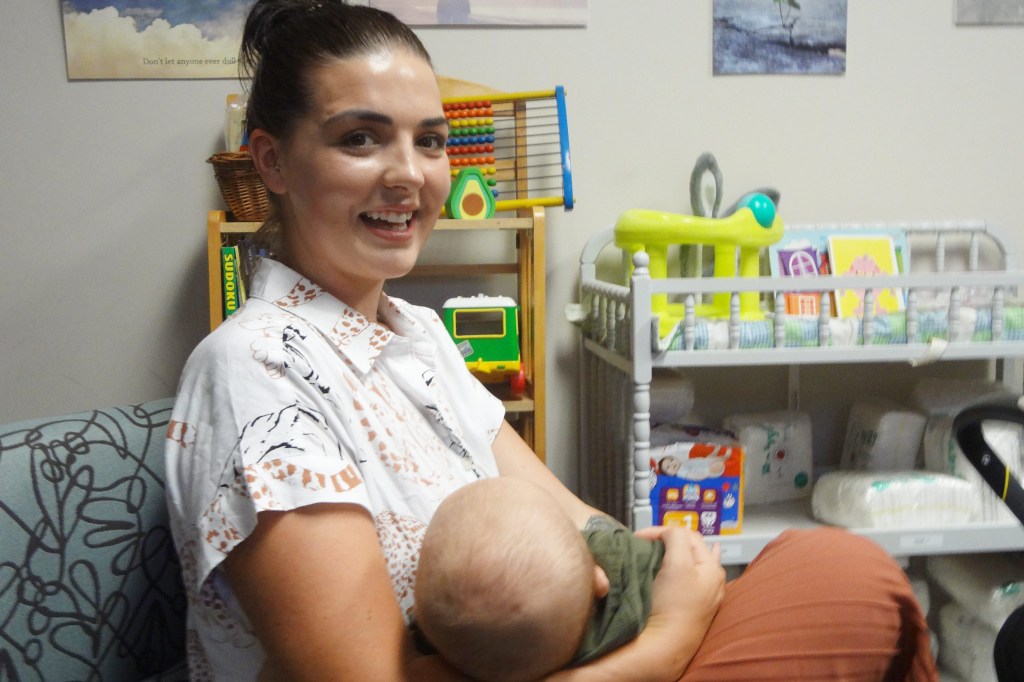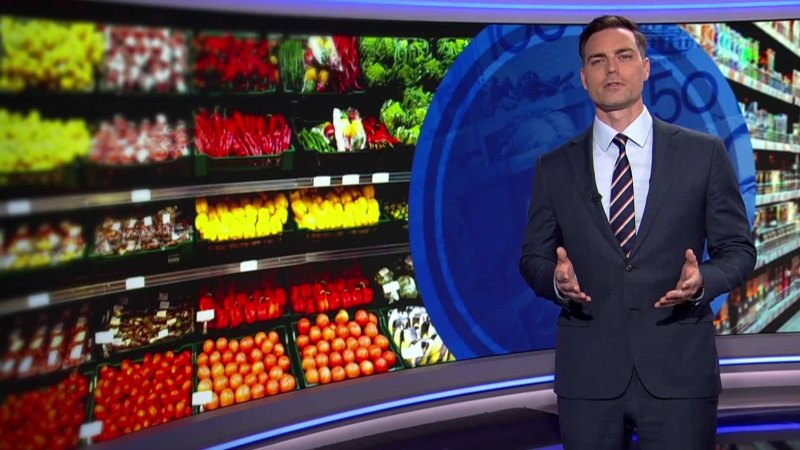A Vibrio outbreak that sickened more than 250 people in Australia was linked to oysters, but a specific grower could not be identified. The nationwide outbreak caused by Vibrio parahaemolyticus occurred during September 2021 to January 2022. A total of 268 people were sick, and 97 percent reported consuming Australian-grown… Continue Reading Foodborne Illness Outbreaks, World, 2022 outbreaks, Australia, Emerging Infectious Diseases, oysters, Vibrio parahaemolyticus Food Safety News
A Vibrio outbreak that sickened more than 250 people in Australia was linked to oysters, but a specific grower could not be identified.
The nationwide outbreak caused by Vibrio parahaemolyticus occurred during September 2021 to January 2022. A total of 268 people were sick, and 97 percent reported consuming Australian-grown oysters. Cases were reported from all states and territories.
The outbreak included two distinct strains of Vibrio parahaemolyticus. Implicated oysters were traced back to a common growing region in South Australia. The incident prompted a national recall and improvements in postharvest processing of shellfish.
According to a study published in the journal Emerging Infectious Diseases, foodborne outbreaks of Vibrio parahaemolyticus have been rare in Australia until recently. Only four were recorded from 2002 to 2019, with 24 cases. Only 29 locally acquired, sporadic foodborne cases were reported in 2016 to 2020, with 22 infected people reporting oyster consumption.
A link to oysters
Vibrio parahaemolyticus infections might be underreported because pathology laboratories rarely include them in routine fecal testing procedures, and the infection is notifiable in only four of Australia’s eight states and territories.
In September 2021, at the end of the winter season, health officials identified an increase in locally acquired Vibrio parahaemolyticus cases in South Australia, and a similar trend was later noted in other parts of the country. In November 2021, an outbreak investigation was started through the OzFoodNet network to coordinate the public health response. OzFoodNet is a network of epidemiologists across Australia undertaking surveillance and outbreak investigations of foodborne diseases.
The 268 cases included 184 confirmed sick people, 29 probable, and 55 possible infections. The outbreak occurred over 5 months, and the peak of cases was in mid-November 2021.
South Australia had the most patients, with 76, Victoria 69, and Queensland 59. In the latter two states, Vibrio parahaemolyticus is not notifiable. More patients were male than female. The median age of cases was 52, with a range of 1 to 90 years old.
Of those with available information, 51 of 206 patients sought treatment at hospital emergency departments, and 27 were hospitalized. Of 24 cases with length of hospitalization recorded, the median stay was 2.5 days, ranging from 1 to 7 days. There were no deaths.
Of the 206 patients interviewed, 199 reported having oysters, and 189 consumed at least some of them raw. The median number of oysters eaten per patient was six, with a range of 1 to 31.
A complex supply chain
Cases purchased oysters at various venues, including restaurants, supermarkets or seafood stores, farms, oyster tours, and takeaway venues.
Traceback was complex because the supply chain could include farmers, processors (harvesters), brokers, wholesalers, retailers, and food services. Opportunities for traceability were sometimes lost because records lacked details of where batches had been distributed.
Traceback indicated oysters had been sourced from different growing regions in South Australia, including Smoky Bay, Streaky Bay, and Coffin Bay, with the most traced to Coffin Bay. Within this bay were 32 accredited growers, and it was impossible to link oysters to any single grower definitively.
Of 117 oyster samples tested for Vibrio parahaemolyticus, 14 were positive. They were from various sources, including patient households, retail vendors, distributors, and direct-purchase farms.
The Department of Primary Industries and Regions of South Australia (PIRSA) closed the Coffin Bay growing area in mid-November 2021 for the harvest of oysters. A national recall of Coffin Bay raw pacific oysters occurred a few days later.
Growers were required to implement a Vibrio control program and provide evidence that they had the infrastructure to maintain the cold chain, could address food safety requirements, verify monitoring and traceability, and validate refrigeration capabilities. PIRSA also conducted microbiological sampling of oysters to clear growing zones in Coffin Bay before emergency orders were lifted.
Researchers said the identification of two unrelated strains indicates the cause to be more likely linked to environmental factors influencing favorable growth conditions for Vibrio across the oyster-growing region than to a single temperature-abuse error or single point source event.
“This outbreak of Vibrio parahaemolyticus associated with consumption of Australia-grown oysters, largely consumed raw, has led to improvements in postproduction control and traceability in the oyster industry in South Australia. Increased surveillance across all jurisdictions in Australia would improve outbreak detection and ensure a prompt and coordinated public health response.”
(To sign up for a free subscription to Food Safety News, click here.)







